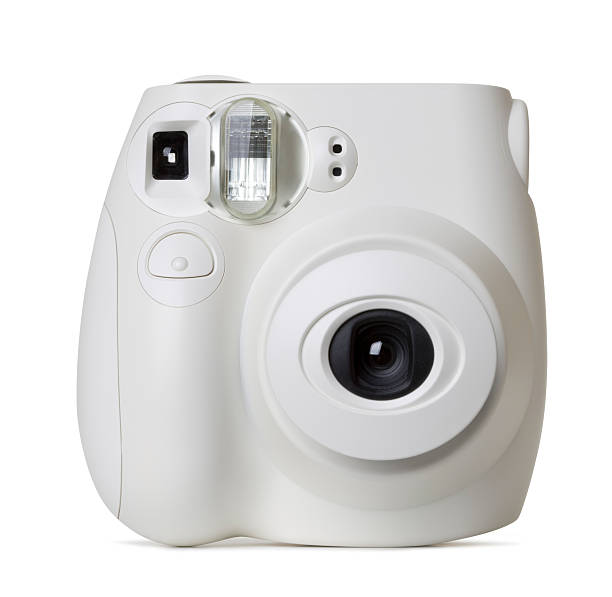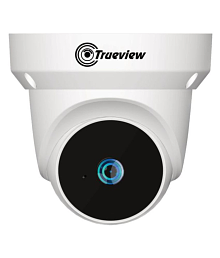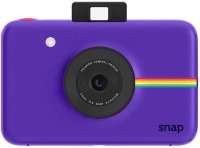when did camera invented
The first camera was invented in 1826 by Joseph Nicephore Niepce. He developed the earliest photographic process known as heliography. He exposed gunpowder on a pewter plate,
Image source: https://www.istockphoto.com/
sensitized it with iodine vapor and then washed it with salt water. After exposure to light, the resulting image was visualized as a negative of the original image. These images were published as engravings in a book by Niepce called "View from the Window at Le Gras",
Image source: https://www.reliancedigital.in/
but the long exposure time made Niepce's process useful only for static subjects. Building upon Niepce's work,
Image source: https://www.snapdeal.com/
Louis Jacques Mande Daguerre refined the camera obscura in 1829 by substituting silver iodide for the less sensitive gunpowder and mercury fumes for the salt water wash.
Image source: https://gadgets360.com/
He also removed the need for a mirror or other viewfinder and improved the sensitivity of his process by experimenting with another photographic substance, bromide of potash.
Image source: https://www.smartprix.com/
Instead of being negative images, the resulting daguerreotypes were positive. These daguerreotype images appear to have been the first photographs ever taken.
Image source: https://paytmmall.com/
The first person to exploit this discovery was Robert Cornelius, a husband and wife team who operated a "penny portrait studio" in London's Leicester Square.
Image source: https://rtings.in/
They mounted their camera on a fixed tripod and used it to take portraits of their customers at leisure; taking repeated pictures so that they could make a drawing from each resulting negative print.
Image source: https://www.tatacliq.com/
However, the results of the daguerreotypy process were quite poor. The finished prints were grainy and indistinct, because the early equipment used to develop and print them did not provide for a smooth flow of light.
Image source: https://www.flipkart.com/
Not content with daguerreotypes, in 1841 Nicéphore Niépce went back to his original idea and completely altered his camera system.
Image source: https://www.pinterest.com/
He substituted a light-tight box camera into which he put one or two plates (preferably black because they transferred their own dark images better) held between two glass plates.
Image source: https://www.amazon.com/
This new design allowed him to develop the pictures by placing them in a darkroom and exposing them to light. Since the picture was now on one plate, and not on two plates in the camera, Niépce could take advantage of the fact that x-rays are only able to pass through materials which are transparent to them.
Image source: https://www.snapdeal.com/
So he was able to selectively expose each "film" by transmitting x-rays towards it from a separate source. This allowed him to produce perfect negative images.
Image source: https://gadgets360.com/
These images were not yet "photographs" in the modern sense; they were more like etched glass negatives produced using a developing solution. They also had a rather grainy appearance compared with the clear image formed by daguerreotype.
Image source: https://paytmmall.com/
His methods were widely published in 1839, but he did not produce any photographs until 1840. It was then that his friend and business partner Paul Louis Boutigny took over the business.
He was able to produce much clearer negatives on glass plates exposed to various chemicals, principally creosote and silver nitrate.
By 1843 he had invented a process for producing positive prints from these negatives. These prints were just as sharp as the daguerreotypes from Niépce's earlier work and were able to be used directly for making prints of paintings, drawings and engravings.
Image source: https://www.flipkart.com/














Comments
Post a Comment